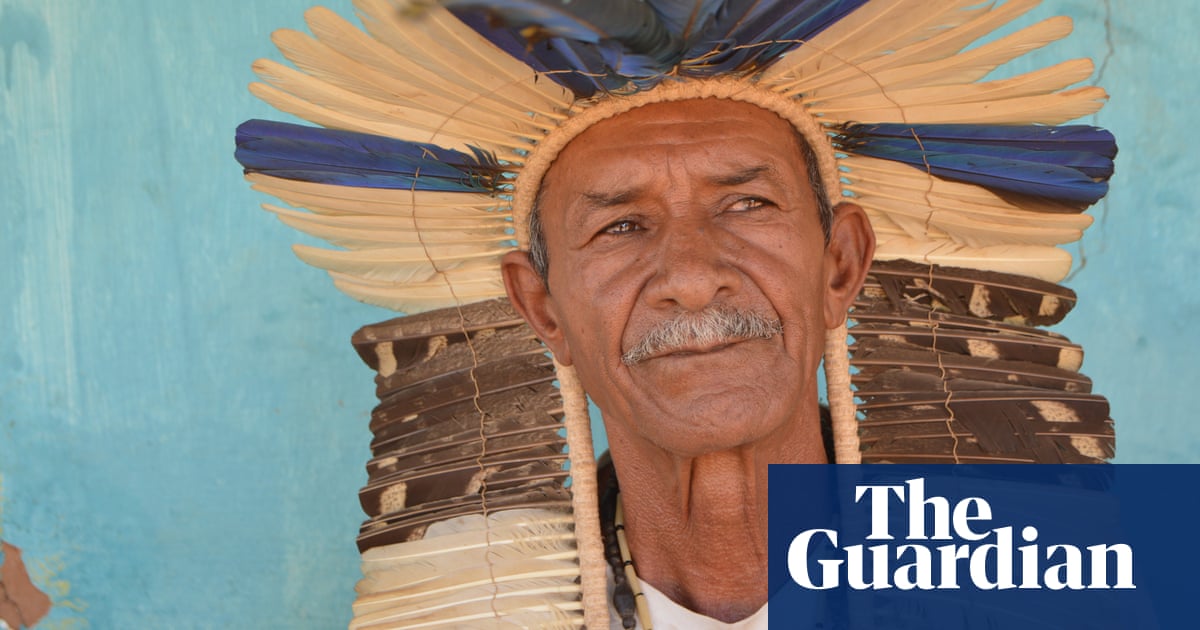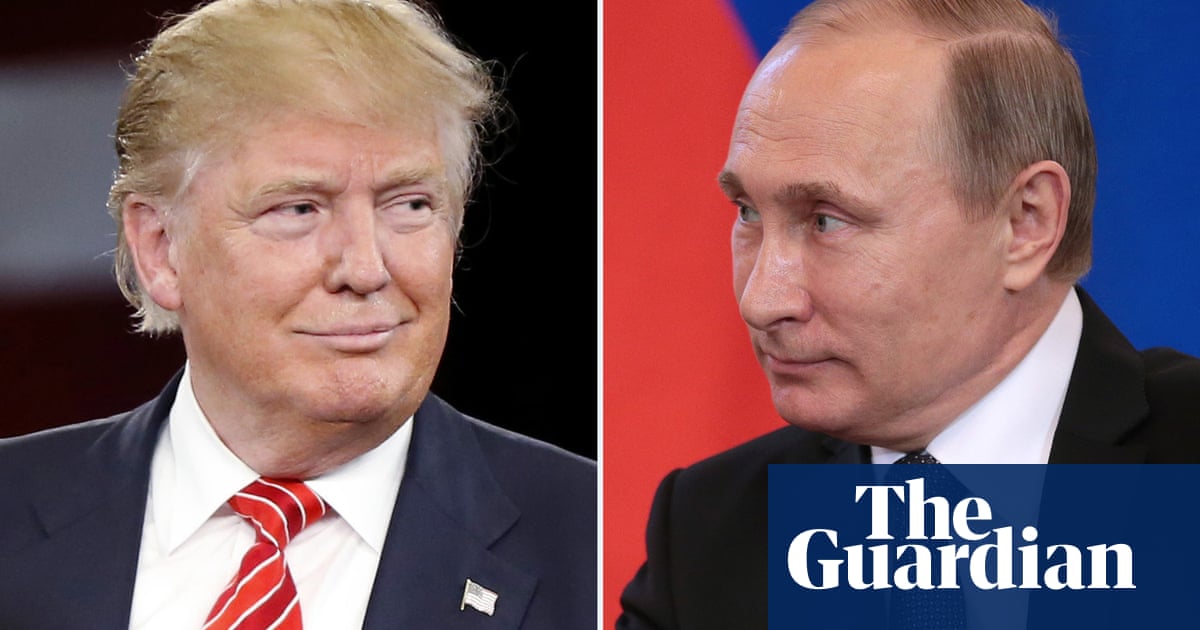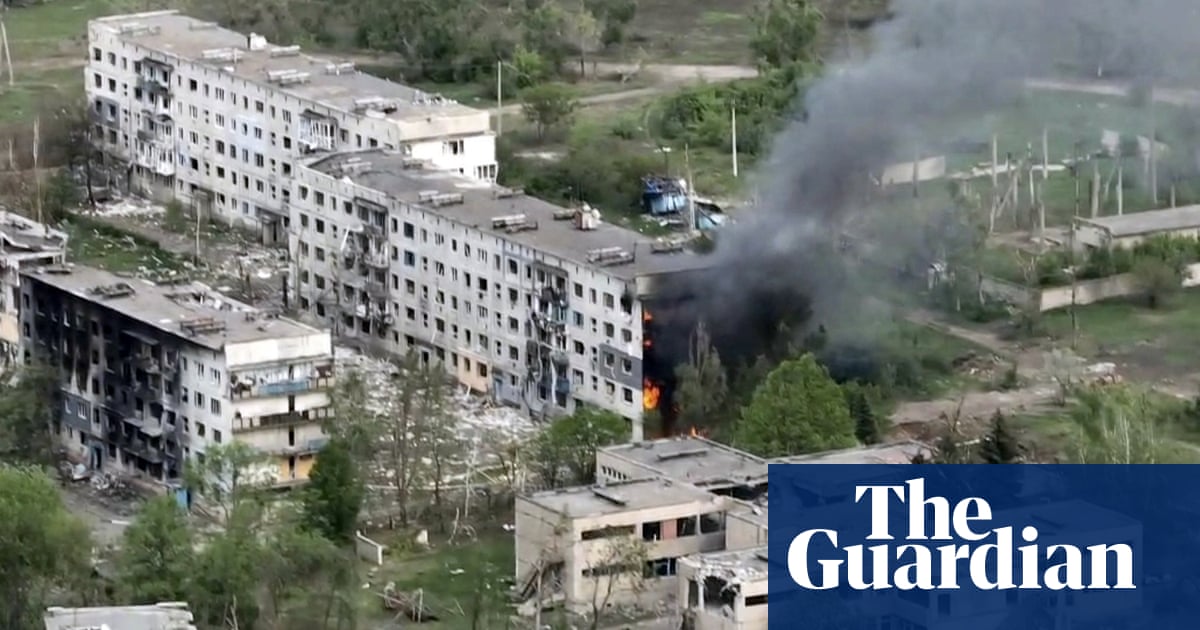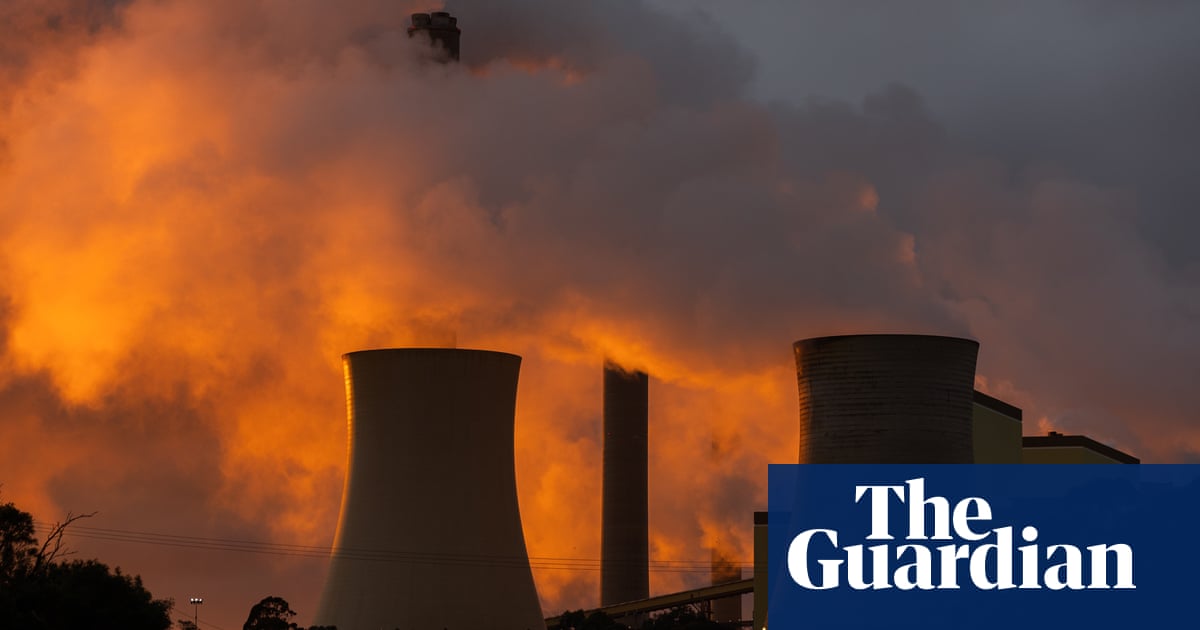-
Location São João das Missões, Brazil
-
Disaster Xakriabá Indigenous territory drought, 2013-24
José Fiuza Xakriabá grew up in the Xakriabá Indigenous territory and is now an influential Xakriabá leader. That region was previously watered by an extensive network of rivers. But the only stream that still flows in the surrounding area is now the Itacarambi. The trend of increasing drought in Minas Gerais state started in the 1970s and is caused by rising temperatures. Scientific research has shown that droughts have been the worst in at least 700 years and are mostly the result of human-caused global heating.
I never gave up on my land, which for me is the world where I was born and raised. My father is from here; my mother is from here. The first tiled-roof house we lived in is here, next to me. Before, we lived in houses made of straw, grass thatch, garlic tree bark, wood. Thatâs how it always was.
Until the 1960s, it rained a lot. The times were good. We ate a lot. Wild game, fish. There were plenty of rivers. But since then theyâve been drying up. If I tried to count the springs that have already dried up, Iâm not sure I could.
Our land isnât just this ridge . We were fenced in. Our elders had the banks of the São Francisco River to walk along, and the way in was at Remanso and Fabião, where they created Jacaré. Some call it Jacaré, others Gandu, but today, itâs Itacarambi.
It was only in 1979 that this little piece of land here was demarcated. Even now, you can see in the areas around us that the non-Indigenous people donât believe this land is ours. Their land is registered, and we respect that. But we canât go in there even to pick a single leaf from a tree.
Weâre living through a drought that has lasted more than 10 years. There is very little rain. It seems that itâs getting less every year. Our little piece of land is no longer enough for us to survive. Today we have to work even harder on the land because we often get nothing from it. Sometimes, someone gets lucky with their planting and gets something from it, but itâs been hard. This year, Iâve already sown my land but got nothing. We must wait for it to rain, sow again, and raise a chicken or a pig.
Of course, we can buy processed food, but thatâs sick food. Coffee is sick, sugar is sick, rice is sick, beans are sick â everything we consume today is sick. Until a few years ago, we only knew about the poison they used in farming on the outside. But today, weâre being forced to use it ourselves with some plants, because everything is so much harder.
This very hot, dry weather brings us a thousand and one health problems. We go out into the bush, where we get medicine, and see the oldest trees dying: the pequi, the favela trees, the pau-terra, the jatoba, the sucupira.
About the series
This is climate breakdown was put together in collaboration with the Climate
Disaster Project at University of Victoria, Canada, and the International
Red Cross. Read more.
Production team
When an Indigenous person was in charge of the São João das Missões region, it helped a lot. They built a well and a dam. But it still wasnât enough. The water in the dam is very low. We are drilling everywhere to find water. And weâve told our young people thereâs a risk that weâll drill in the ground and not find any more water.
There has been rationing because there is very little water to consume. There are days when the school closes because the children donât have water to drink, and when women have to go down to the Itacarambi River to wash clothes and bathe. Thereâs very little water, but itâs something. The springs at the headwater of the reserve, the PindaÃba, the Pedrinha,and the Lagoinha, have dried up. Thereâs only a dry river.
Even Chico is dying. But itâs not the fault of the Xakriabá. Itâs the fault of the big businessmen, whose only thought is to destroy the land, to wipe out the forests, believing the land will survive without them. But it wonât survive. The earth is dying because man himself is killing it.
Our dream was to get back at least a little piece of our river, the São Francisco, to try to bring the water from there to the uplands here, to at least part of the reserve. Our children believe they could die of thirst at any moment, sometimes, when they canât find anything to eat or drink. Many young people think about committing suicide. I believe that, with the river, theyâd think: âOK, weâre thirsty here, but letâs go down to the banks of the São Francisco. Thereâs water and fish there.â
We hope that Tupã [ an Indigenous god] has never died and never will. And that he can still make the weather better. But man needs to do his part, to stop so much deforestation, to stop the war, to stop killing the innocent, because in Brazil, itâs the Black and Indigenous people who die most often, because theyâre innocent.
My father used to say: âWe only stop fighting or battling for what is ours when we die.â The Indigenous heritage is a fight, and we wonât stop fighting for what is ours. We have to live.
-
Edited by Ricardo Garcia, Cristine Gerk, Aldyn Chwelos, Sean Holman. Translated by James Young. Design and development by Harry Fischer and Pip Lev



